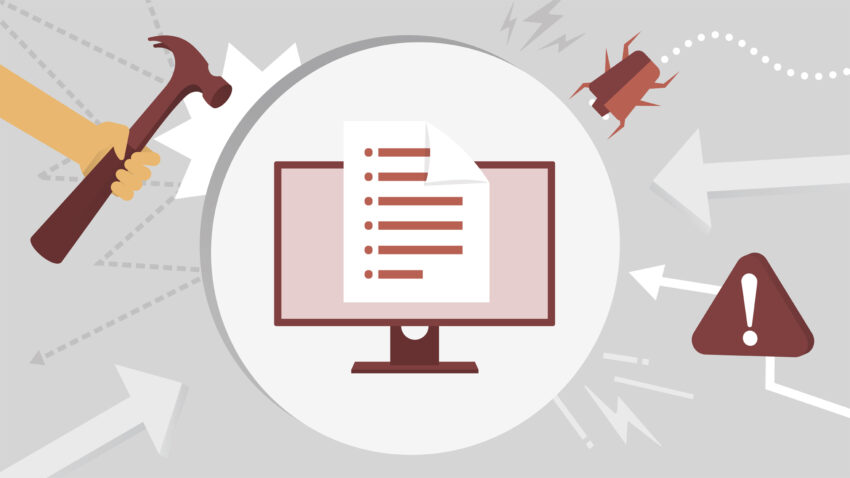
Last updated on April 7th, 2024 at 10:59 am
A plenty of reasons are available across the business world regarding the need to perform penetration testing for their systems? Naming a few: testing security team’s capabilities; meeting the compliance standards; and determining the effectiveness of control. A poorly drafted and executed penetration test, might just validate known vulnerabilities, identified easily by software and enhance the efficacy of social engineering.
Preferably a penetration test must replicate a real-world attack; in the real world the attacker will always have some goals beyond “setting foot in the network”. Nevertheless, with the help of pre-planning and engagement on the consumer’s side, penetration testing can be proved as valuable for the organization’s overall cybersecurity concerns.
Getting engaged with the Pen test Team can be worth it ….
If you’re consuming the services of any penetration testing company, get yourself engaged with the pen testing team to understand what the pen test team is up to and how valuable it is for you. Being fully engaged with the testing assists in generating and capturing the proper context, and allows you to come up with well-informed decisions while allocating the limited resources to improve the cybersecurity concerns.
As you seek out and collaborate with a penetration testing team, consider the following points.
1. Know your Business Objectives
Make it clear that what actually your organization wants to gain from being engaged with the testing team? What are your high value target associations and assets? These must include intellectual data assets and overall business systems, instead of just considering technical systems.
2. Specify Likely threats
Specify what are the threats the organization is most likely to face, such as script threats, hacktivists, organized crime or threats from inside. Figure out which of these threats pen testers need to imitate and to what extent.
3. Realistic Assessment
With respect to business goals and likely threats, also you need to determine how realistic your penetrating testing activities must be. You must be able to test your network as much as possible.
4. Know your Network
You need to provide information about your network to the pen testing team, for the sake of familiarizing the team, quickly with your software environment, hence generating greater value from the engagement. For instance – if there is a high number of systems to be tested and the timeframe is short, then you’ve to be more cooperative with the testing team.
5. Establishing Expectations
Strong plan of action and better communication can reduce some of the discrepancies of penetration tests and would definitely result in favor of both parties. Moreover, a main point of contact from the organization with the testing team, must be established.
Conclusion
Next time when your organization conducts penetration testing, be sure to be thoroughly engaged with the testing team, for overall organizational productivity with respect to its security concerns. Inform your testers which software threats keep you worried. Before having an effective penetration testing, make sure you’ve planned the framework very well.
Good Luck
Tech World Times (TWT), a global collective focusing on the latest tech news and trends in blockchain, Fintech, Development & Testing, AI and Startups. If you are looking for the guest post then contact at techworldtimes@gmail.com

